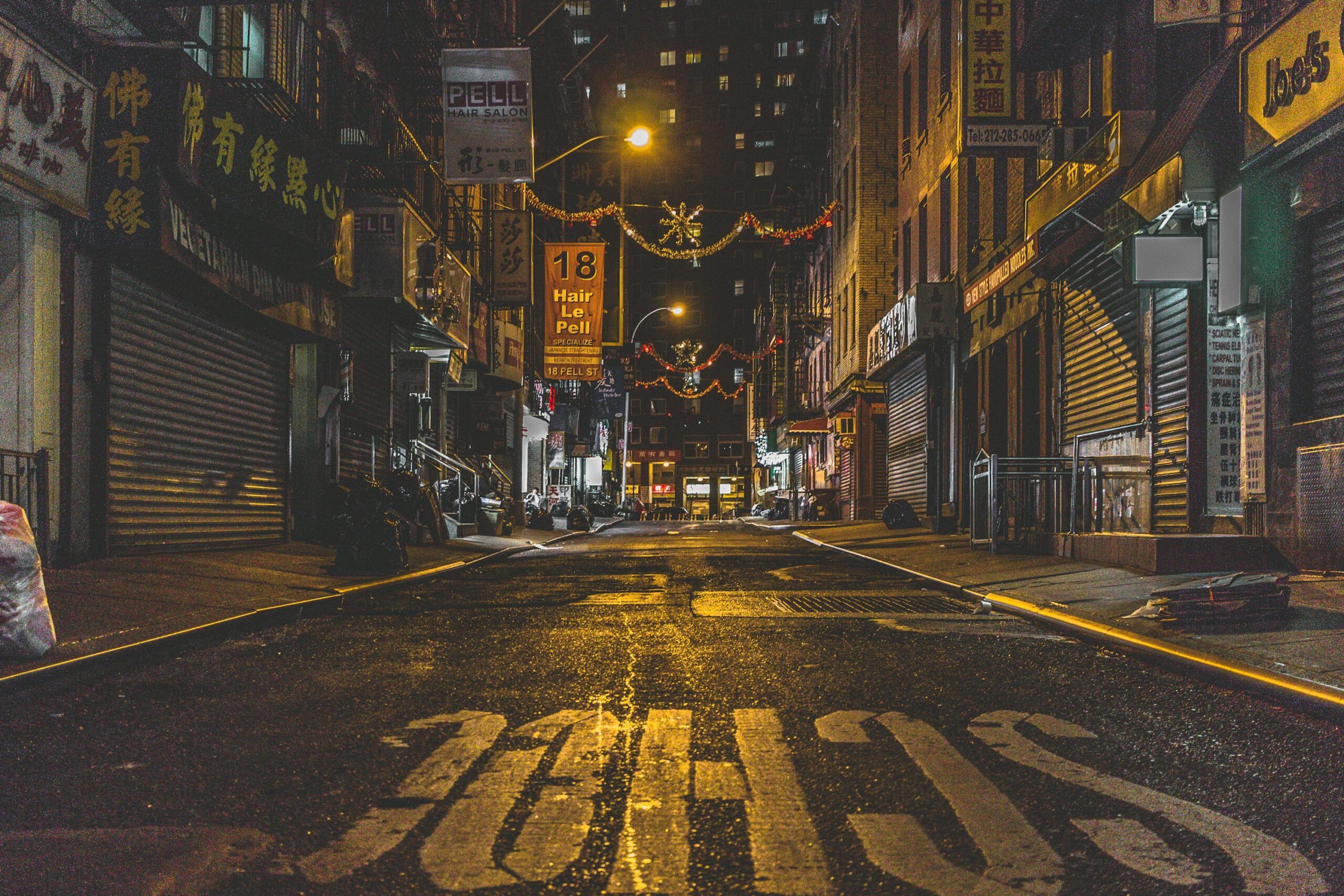The urban environment is a constantly evolving canvas where art meets architecture, and one of the most captivating ways this fusion occurs is through street wallpaper. Unlike graffiti or traditional murals, street wallpaper brings a unique aesthetic to urban spaces, blending texture, color, and storytelling in a way that transforms ordinary walls into extraordinary visual experiences.
What Is Street Wallpaper?
Street wallpaper is a form of large-scale wall art that mimics the appearance of traditional wallpaper but is applied to exterior surfaces. It often features intricate patterns, vibrant colors, or thematic designs that can evoke emotions, make a statement, or simply beautify an area. This art form can be created using materials such as paste-up posters, adhesive vinyl, or even hand-painted techniques.
The Rise of Street Wallpaper
In recent years, wallpaper has gained popularity as cities and artists explore innovative ways to enhance public spaces. Unlike permanent murals, this medium often carries a sense of impermanence, encouraging constant reinvention. Cities like Berlin, London, and New York have embraced street wallpaper, allowing artists to express their creativity while adding cultural value to neighborhoods.
The Artistic Appeal
One of the defining characteristics of wallpaper is its versatility. It can range from minimalist geometric designs to complex, story-driven visuals. This adaptability allows artists to experiment with:
- Patterns and Textures: Repeating motifs that mimic traditional wallpaper styles or introduce bold, modern aesthetics.
- Cultural Themes: Designs inspired by local heritage, folklore, or contemporary social issues.
- Interactive Elements: Augmented reality (AR) features or textured surfaces that invite touch and engagement.
Transforming Public Spaces
Wallpaper does more than beautify—it has the power to transform how people perceive and interact with their environment. A dull alleyway can become a tourist attraction, while a blank wall can spark conversation or inspire community pride. By breaking the monotony of concrete jungles, street wallpaper reimagines urban spaces as vibrant hubs of culture and creativity.
Sustainability in Street Art
Eco-conscious artists are exploring sustainable practices in creating street wallpaper. Using biodegradable materials, eco-friendly adhesives, or even integrating live plants into designs, they are ensuring that their art not only beautifies but also respects the environment.
The Role of Technology
Digital tools have also revolutionized the creation and application of street wallpaper. Software programs enable artists to design intricate patterns with precision, while large-scale printers make it possible to produce detailed pieces that are easy to install. Moreover, AR and projection mapping technologies are pushing the boundaries of what street wallpaper can achieve, merging the physical and digital worlds.
Challenges and Future Prospects
While street offers immense creative possibilities, it also faces challenges such as weather durability, vandalism, and maintaining public approval. However, as urban areas continue to prioritize creative revitalization, the future of street wallpaper looks promising.
Conclusion
Wallpaper is more than just an art form—it’s a movement that redefines the relationship between people and their surroundings. Whether as a means of storytelling, beautification, or activism, it captures the spirit of urban life and reflects the ever-changing cultural fabric of cities. As this trend grows, it promises to bring color, creativity, and conversation to walls around the world.
Amazon Brand - Presto! Garbage Bags Medium 180 Count|19 x 21 inches Black , For Dry & Wet waste|30 bags/roll (Pack of 6)
₹320.00 (as of 23 February, 2025 11:30 GMT +05:30 - More infoProduct prices and availability are accurate as of the date/time indicated and are subject to change. Any price and availability information displayed on [relevant Amazon Site(s), as applicable] at the time of purchase will apply to the purchase of this product.)MILTON Aqua 1000 Stainless Steel Water Bottle, 950 ml water bottles, Single walled, Leak-Proof, Rust-free Steel Bottle, Easy Grip, Easy to Carry, Travel Bottle, Purple
₹344.00 (as of 23 February, 2025 11:30 GMT +05:30 - More infoProduct prices and availability are accurate as of the date/time indicated and are subject to change. Any price and availability information displayed on [relevant Amazon Site(s), as applicable] at the time of purchase will apply to the purchase of this product.)Wooden 3D 5 Pieces Birds on Rope Wall Art Panel | Wood Bird Folk Art Wall Hanging Art Decoration Item for Living Room, Bedroom, Drawing Room, Dining Room & Office (Black)
₹279.00 (as of 23 February, 2025 11:35 GMT +05:30 - More infoProduct prices and availability are accurate as of the date/time indicated and are subject to change. Any price and availability information displayed on [relevant Amazon Site(s), as applicable] at the time of purchase will apply to the purchase of this product.)Trance 100% Waterproof Premium Cotton Feel Mattress Protector King Size, 78x72 Inches | Breathable and Hypoallergenic Ultra Soft Fitted Bed Protector Cover (78"x72" Fits Upto 10 Inches - King, Grey
₹669.00 (as of 23 February, 2025 11:30 GMT +05:30 - More infoProduct prices and availability are accurate as of the date/time indicated and are subject to change. Any price and availability information displayed on [relevant Amazon Site(s), as applicable] at the time of purchase will apply to the purchase of this product.)Orient Electric Apex-FX Ceiling Fan | 1200mm BEE Star Rated Ceiling Fan | Strong and Powerful Ceiling Fan | Outstanding Performance | 2 Years Warranty by Orient | BLUE
₹1,399.00 (as of 23 February, 2025 11:30 GMT +05:30 - More infoProduct prices and availability are accurate as of the date/time indicated and are subject to change. Any price and availability information displayed on [relevant Amazon Site(s), as applicable] at the time of purchase will apply to the purchase of this product.)Discover more from The General Post
Subscribe to get the latest posts sent to your email.





